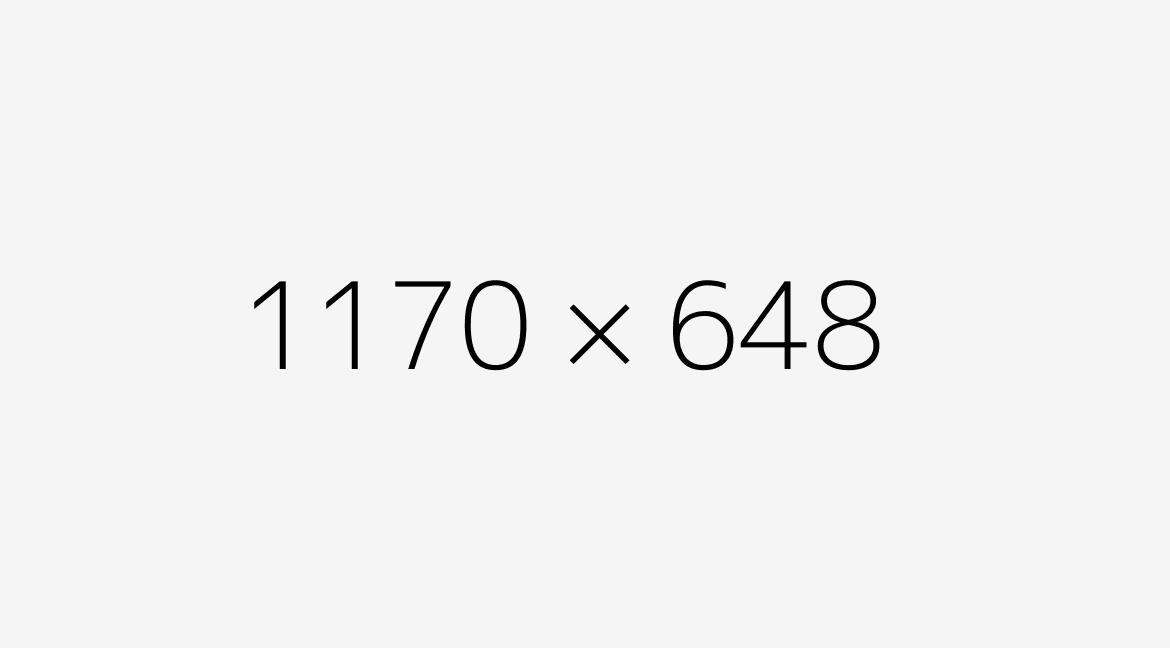
RFID Lab to study benefits of overhead readers for retail
As retailers debate the merits of handheld readers versus overhead always-on systems, the RFID Lab at the University of Auburn plans to conduct new research on the topic next year. Specifically, the lab will look at how continuous monitoring provided by overhead systems impacts store execution.
“It has been a big topic of conversation over the last year so we’re going to look into it further,” says Justin Patton, director of the RFID Lab. Patton reports increased interest in overhead systems from large retailers and smaller vertical boutique mall retailers. But major questions remain.
Retailers are considering handheld and overhead reader solutions.
“One thing we’re looking into is if you are trying to light up a giant warehouse store for one or two product categories, is that a valid business case,” says Patton. “Or does it make more sense for a mall store where you have better control of the product mix? But smaller stores typically don’t have the execution problems larger stores do, so we are trying to drill down into what the magic balance is.”
The RFID Lab is also considering updating some older research on loss prevention and EAS. Patton expects that the overhead reader research will focus on the large amounts of data collected and how to use it. Typically, most stores rely on cycle counts taken with a handheld reader.
“We’re focused on this mentality of cycle counts, which captures a very specific moment in time,” says Patton. “But when we light up an overhead system, it’s not like here is what we had at 10 am on Thursday…it’s more of the inventory in the store right now and it’s based on our data for the last few days. So how do you use that? Most inventory systems are more focused on a snap shot in time rather than data over time. So there are a lot of questions.”
While overhead systems are able to map out and show the exact location of all tagged products within the store, it is still to be determined how a large chain with 200 or more stores would use that data. Patton says that the use of always-on overhead reader systems represents an evolution when it comes to retail store data systems. The volume of data collected from a zonal system is significantly higher than fixed readers or handhelds.
“Most retailers don’t have anything in their current systems that can deal with XY coordinates in the store,” says Patton. “Most of them barely have back room versus front room inventory, so they are just not prepared for that high level of data (from overhead systems). We need to figure a path to get from where we are today, to using the more finite data that overhead systems provide.”
,RFID Tag